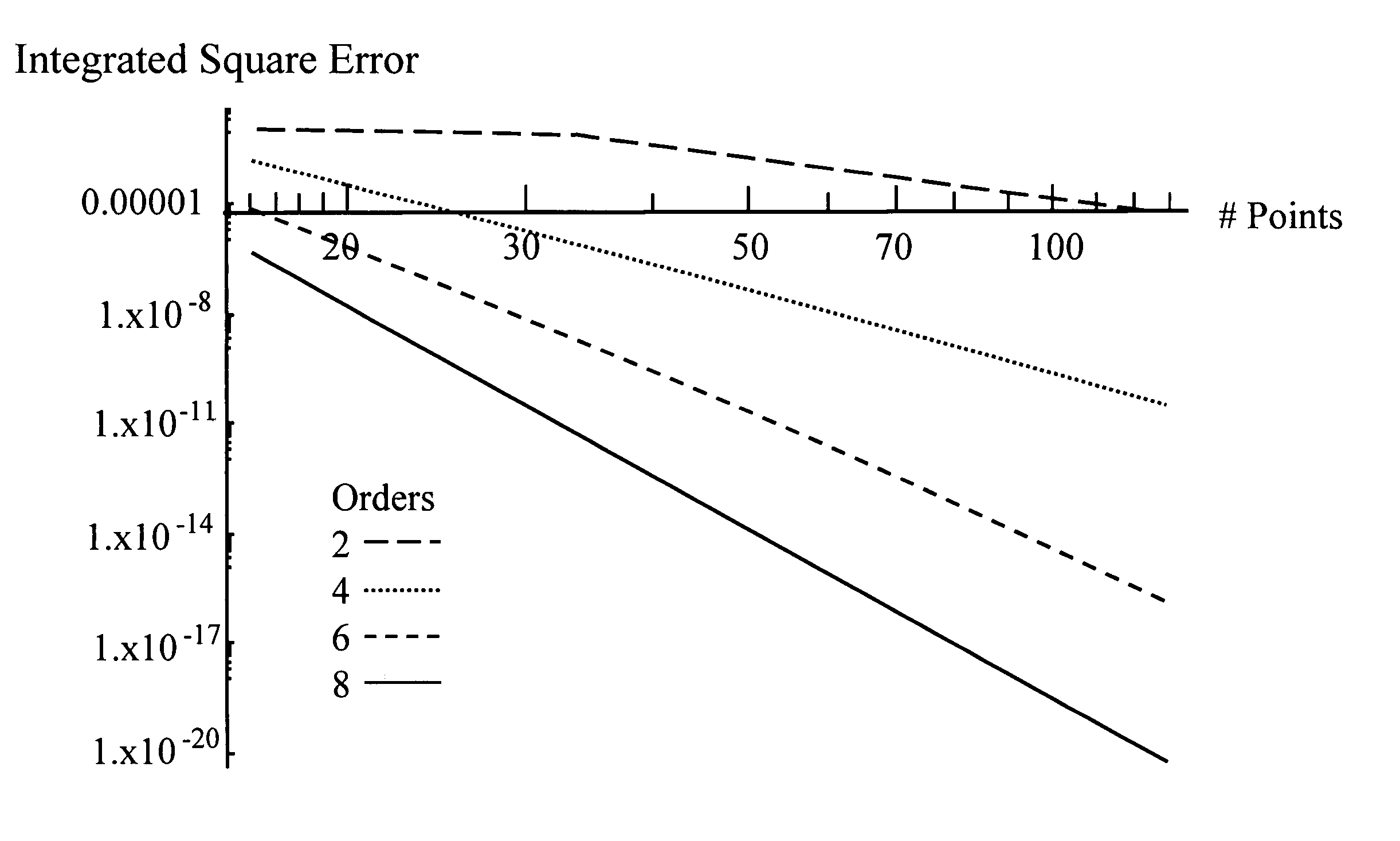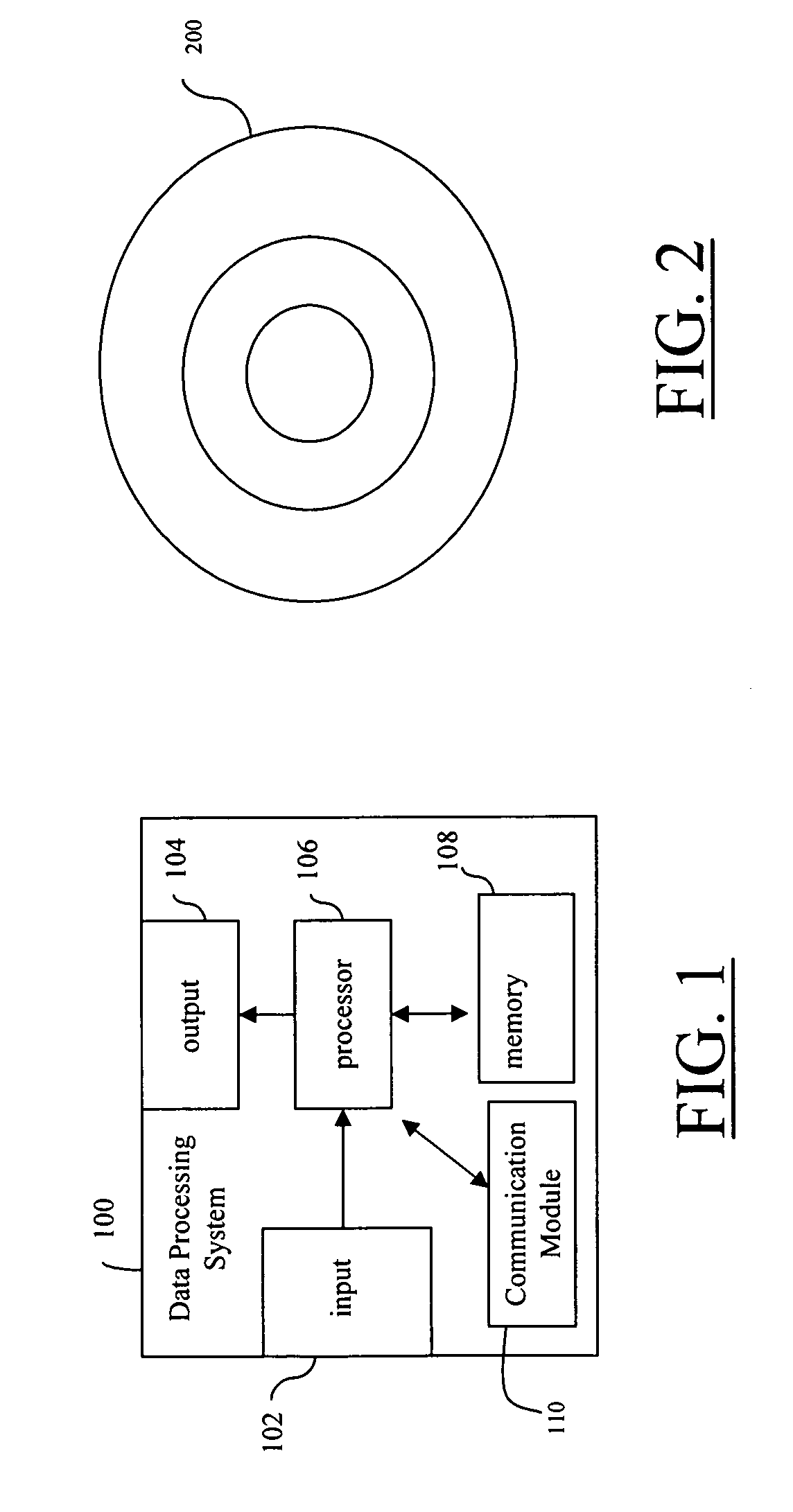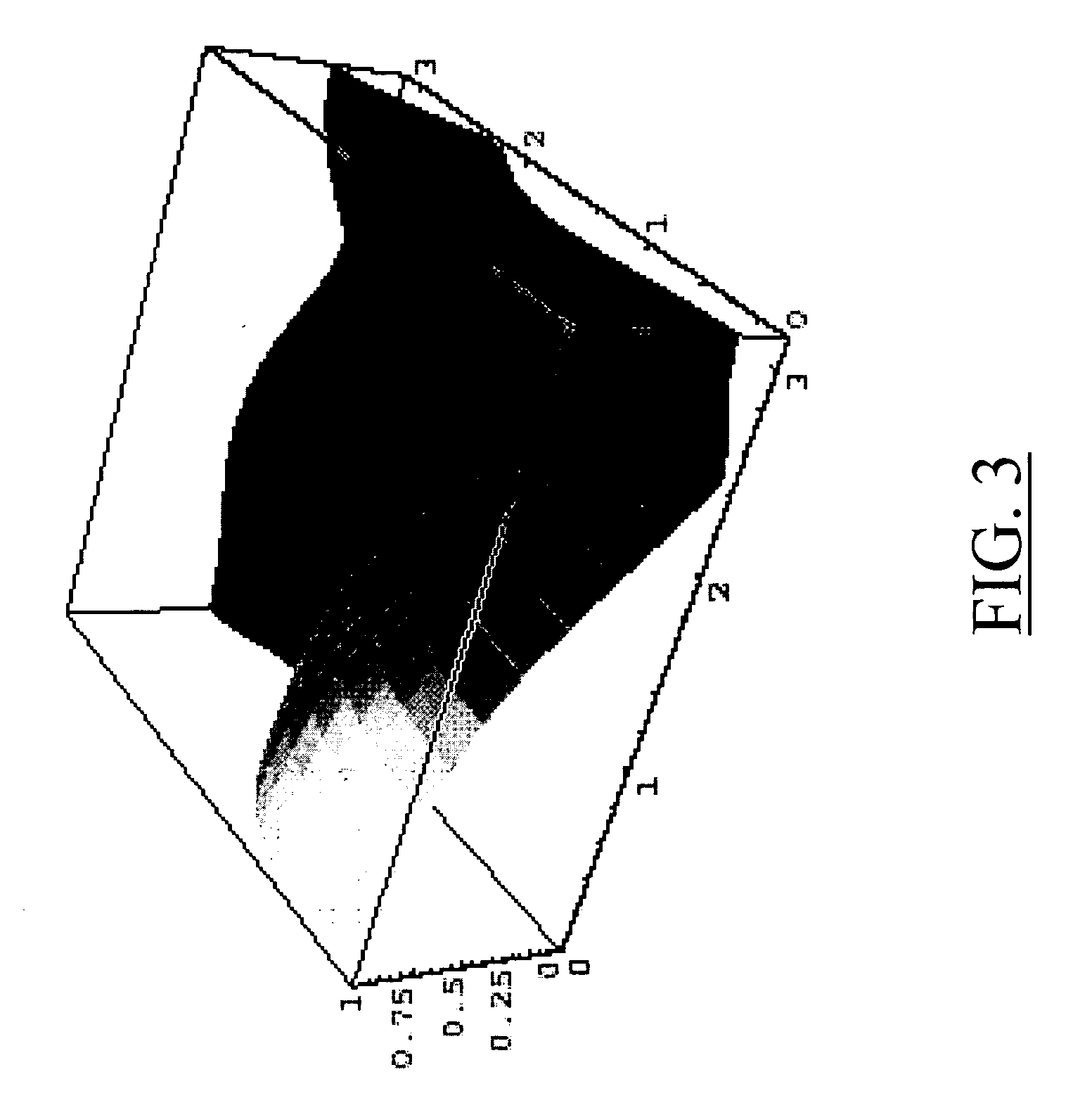System and a method for numerical simulation of wave propagation in homogeneous media
a numerical simulation and homogeneous media technology, applied in the field of timedomain simulation of wave equations, can solve the problems of long solution time, difficult to model thin features in fdtd, and inability to use partial differential equations to exact representation of fields at every point in space and tim
- Summary
- Abstract
- Description
- Claims
- Application Information
AI Technical Summary
Benefits of technology
Problems solved by technology
Method used
Image
Examples
Embodiment Construction
[0094] (1) Introduction
[0095] In general, there are three known methods to handle the time evolution of the wave equation. The first uses discretization of the spatial derivatives along with an ordinary differential equation solver such as the well-known Runge-Kutta. The second method discretizes all the derivatives similarly, which results in a system of equations that relate the field(s) at several times. The third uses the well-known Lax-Wendroff method, based on the following identity Equation (13), and is usually implemented using some finite difference approximations to powers of ∇2: 12[ ψ(xρ, Δ t) + ψ(xρ, Δ t)] = LΔ t ψ(xρ, 0)≡cosh (Δ t)2 ∇2 ψ(xρ, 0)=∑m = 0∞(Δ t)2 m ∇2 m(2 m!) ψ(xρ, 0);=∑m=0∞(Δ t)2m∇2m(2m!)ψ(xρ,0).(13) (14)
The wave Equation (1) satisfies the above identity at three equally-spaced times. The third method arrives at an exact relation that relates the field(s) at multiple times, and is concerne...
PUM
 Login to View More
Login to View More Abstract
Description
Claims
Application Information
 Login to View More
Login to View More - R&D
- Intellectual Property
- Life Sciences
- Materials
- Tech Scout
- Unparalleled Data Quality
- Higher Quality Content
- 60% Fewer Hallucinations
Browse by: Latest US Patents, China's latest patents, Technical Efficacy Thesaurus, Application Domain, Technology Topic, Popular Technical Reports.
© 2025 PatSnap. All rights reserved.Legal|Privacy policy|Modern Slavery Act Transparency Statement|Sitemap|About US| Contact US: help@patsnap.com



